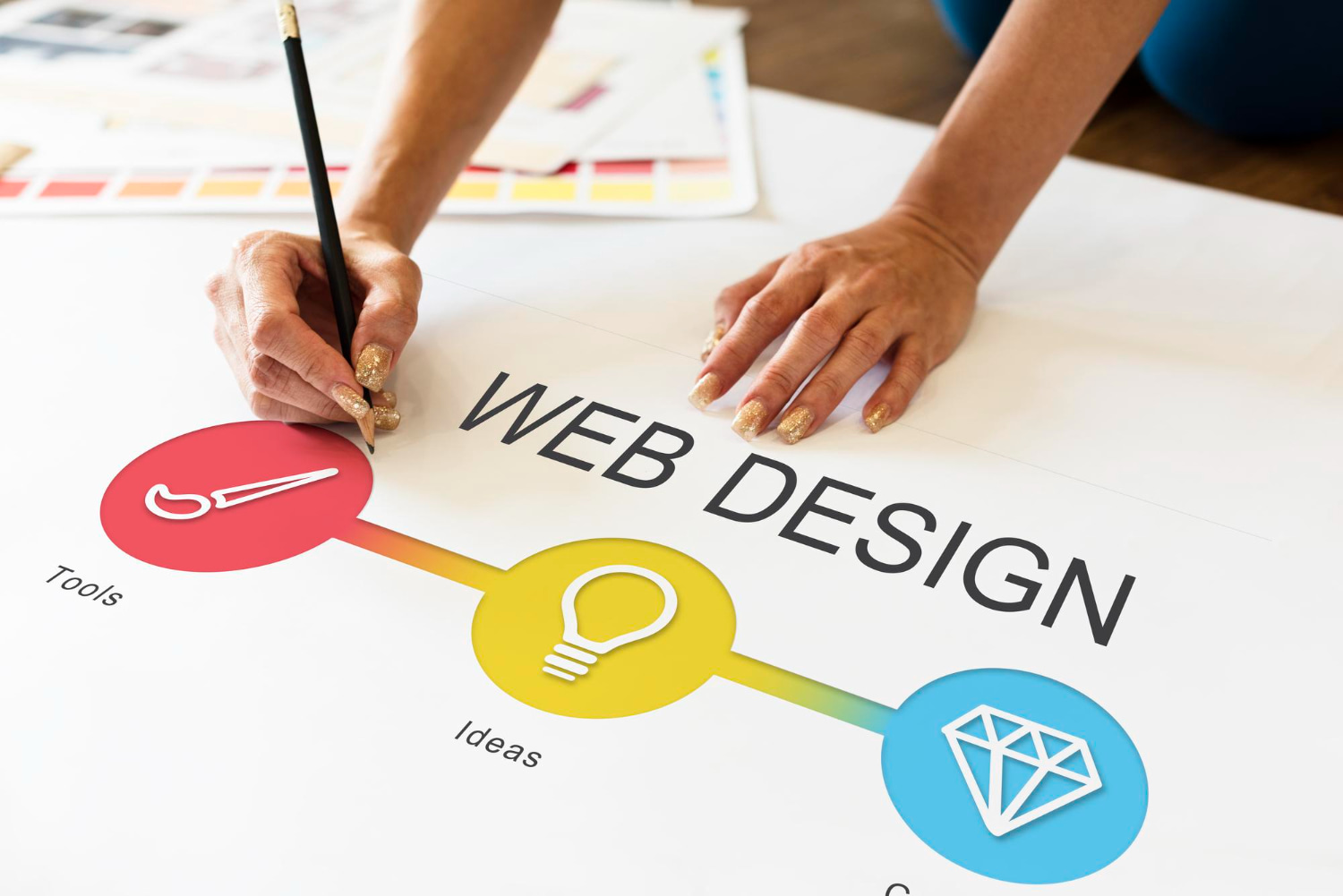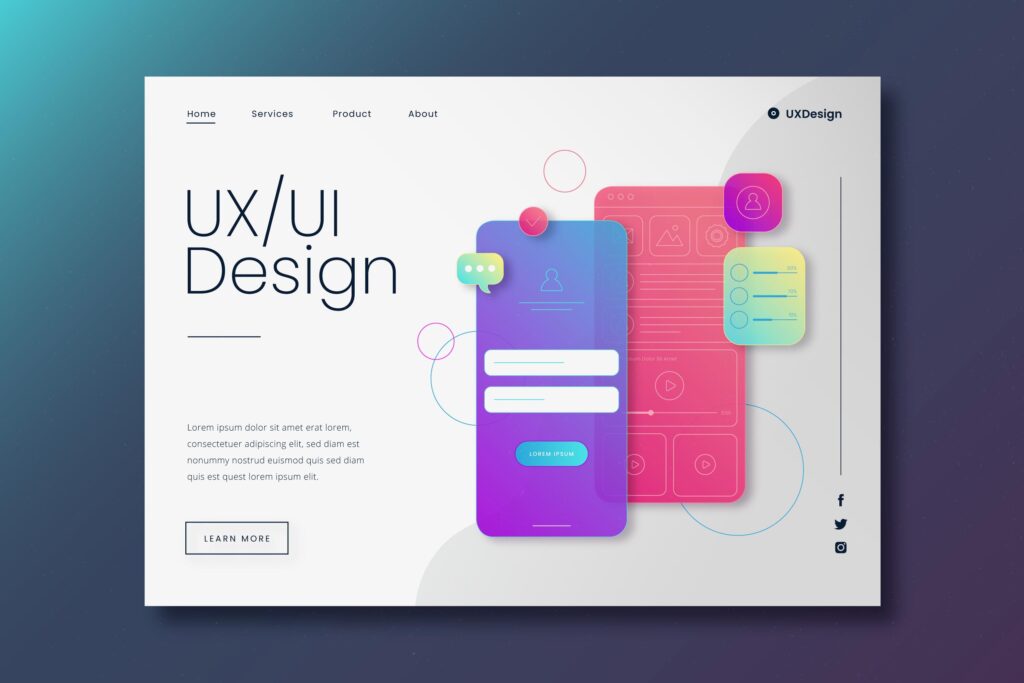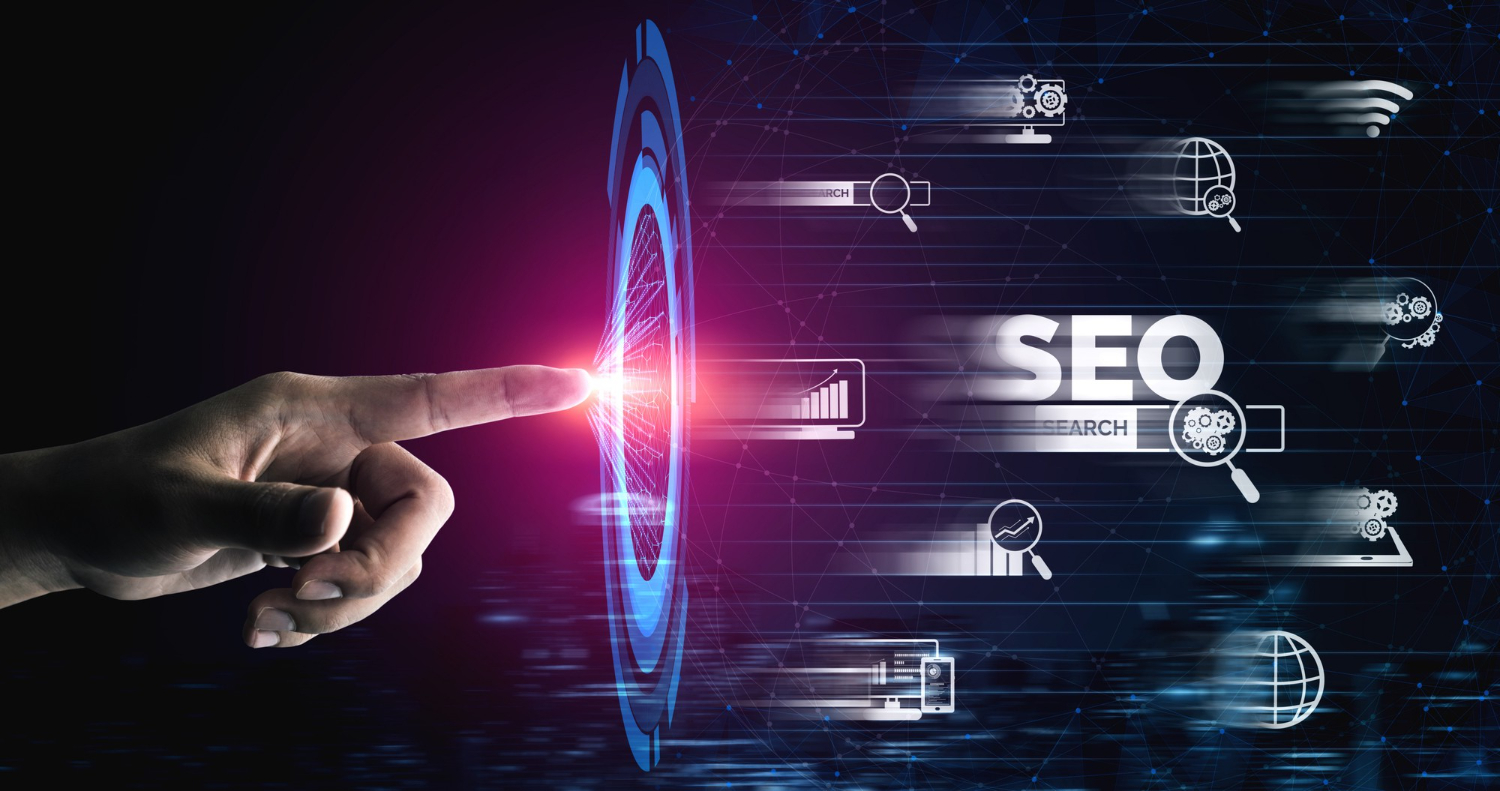The world of digital design is vast and ever-evolving, with various roles and specializations emerging as technology progresses. Among these roles, Web Designer Vs UX Designer Vs UI Designer is often mentioned together, leading to confusion about their differences and responsibilities. In this article, we will explore the key differences between these roles, how to choose the right designer for your project and delve into the various aspects of their work.
Key Differences Between Web Designer Vs UX Designer Vs UI Designer
While all three roles involve designing digital experiences, they each focus on different aspects of the process.
Web Designer:
A web designer is in charge of a website’s overall aesthetic. They focus on visual design, layout, and aesthetics, ensuring that the website is visually appealing, engaging, and easy to navigate.
UX Designer:
A User Experience (UX) Designer focuses on the usability and functionality of a digital product, be it a website or an app. Their primary goal is to create a seamless and enjoyable experience for the user by researching, planning, and testing various design elements.
UI Designer:
A User Interface (UI) Designer is responsible for the visual elements and interactions within a digital product. They work closely with UX Designers to create an interface that is both visually appealing and user-friendly.

How to Choose a Web Designer, UX Designer, and UI Designer
The success of your project might be considerably impacted by the designer you choose. It’s important to assess the skill sets, expertise, and portfolios of potential Web Designer Vs UX Designer Vs UI Designer. Web designers should demonstrate their proficiency in both usability and aesthetics. Information architecture, usability testing, and user research are essential skills for UX designers. UI designers need to show their mastery of typography, graphic design, and prototyping. Making an informed choice will be aided by evaluating their suitability with the demands of your project.
Web Design Principles:
Web design principles lay the foundation for creating impactful online experiences. A successful web designer understands the importance of user-centric design, responsiveness across devices, and accessibility for all users. Striking the right balance between visual appeal and functionality, employing intuitive navigation, and optimizing page load speed are crucial aspects of effective web design.
User Experience Design Process:
UX Designers follow a systematic process to create user-centered designs. This process typically involves:
- Research: Gathering information about the target audience, competitors, and market trends.
- Planning: Defining user personas, user flows, and information architecture.
- Design: Creating wireframes, prototypes, and visual mockups.
- Testing: Usability testing should be carried out to gather input and pinpoint areas that want improvement.
- Iteration: Refining and iterating the design based on user feedback and testing results.
User Interface Design Techniques:
To develop aesthetically pleasing and user-friendly interfaces, UI designers may use a variety of strategies, including:
- Hierarchy: Organizing interface elements in a clear and logical order to guide users through the interface.
- Clarity: Make sure users understand how to interact with the interface by using labels, icons, and buttons that are clear and succinct.
- Feedback: Feedback is the provision of audible or visible cues to users to let them know the outcomes of their activities.
- Consistency: Maintaining a consistent visual style and interaction patterns across the interface.
- Flexibility: Designing the interface to accommodate various user preferences and accessibility needs.

Role of a Web Designer:
Web designers play a pivotal role in translating a company’s brand identity and marketing goals into captivating digital experiences. They are responsible for creating visually appealing layouts, selecting appropriate color palettes, and ensuring consistent branding throughout the website. Web designers should possess a keen eye for aesthetics, a solid understanding of user psychology, and proficiency in design software and tools.
Responsibilities of a UX Designer:
UX designers are advocates for the end-users. Their responsibilities encompass user research, creating wireframes and prototypes, and conducting usability testing. By empathizing with users, UX designers identify pain points and devise intuitive solutions to enhance the overall experience. They collaborate with stakeholders, developers, and UI designers to ensure that the final product aligns with user expectations and business objectives.
Tasks of a UI Designer:
UI designers concentrate on producing intuitive and aesthetically pleasing interfaces. They are responsible for choosing appropriate colour schemes, designing icons, making interactive elements, and upholding design coherence. In order to execute wireframes and prototypes and guarantee that the final interface offers a seamless user experience, UI designers collaborate closely with UX designers.
Website Design vs. App Design:
While both website and app design involve creating digital experiences, there are some key differences:
- Platform: Websites are accessed through a web browser, while apps are downloaded and installed on a user’s device.
- Functionality: Apps often provide more advanced features and functionality, such as push notifications and offline access.
- Design Constraints: App design must consider the specific guidelines and limitations of various operating systems, such as iOS and Android.
Interaction Design in UX/UI:
Interaction design focuses on designing meaningful and intuitive interactions between users and digital products. It involves understanding user needs, creating effective feedback mechanisms, and anticipating user actions. Interaction designers collaborate with UX and UI designers to ensure that the interface facilitates smooth and purposeful user interactions.
Visual Design Elements:
Visual design elements, such as color, typography, imagery, and layout, significantly impact the user’s perception and emotional response. They employ these elements to create visually appealing and engaging digital experiences. Thoughtful consideration of contrast, hierarchy, and visual balance enhances the usability and aesthetics of the interface.
Wireframing and Prototyping:
Prototyping and wireframing are crucial stages in the design process because they let designers visualise and test their ideas before putting them into practise. Prototypes are dynamic, high-fidelity mockups that simulate the finished product, whereas wireframes are straightforward, low-fidelity representations of the layout.
Design Tools and Software:
To excel in their roles, Web Designer Vs UX Designer Vs UI Designer leverage a range of design tools and software. From graphic design software like Adobe Photoshop and Sketch to prototyping tools like InVision and Figma, designers rely on these tools to create and iterate on their designs efficiently.
Career Path and Salaries:
The career paths of Web Designer Vs UX Designer Vs UI Designer are evolving and offer promising opportunities. While educational backgrounds may vary, a combination of formal education, practical experience, and a strong portfolio is essential. Salaries in these fields can vary based on factors such as experience, location, and industry demand. It’s worth noting that the demand for skilled UX and UI designers is rapidly growing, reflecting the importance organizations place on delivering exceptional user experiences.
Conclusion:
Making great digital experiences requires an understanding of the differences between Web Designer Vs UX Designer Vs UI Designer. When choosing the best designer for your project, you may make educated judgments by being aware of the roles, responsibilities, and values that drive their work. As organizations increasingly recognize the importance of user-centric design in fostering success, the expanding fields of web design, UX design, and UI design present exciting potential for professional progression.







